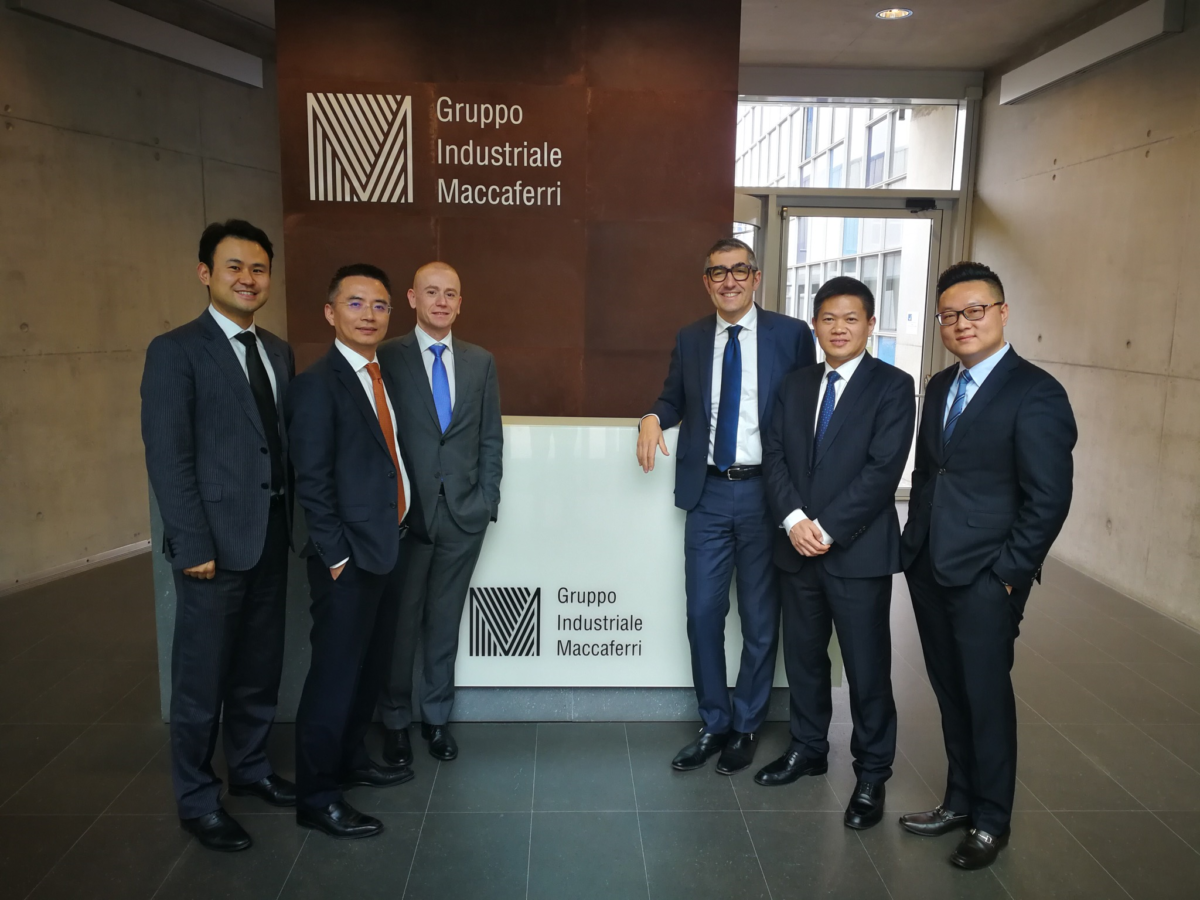Following the development stage of Enerray's three PV parks at the Benban solar complex, the company has announced the modules will be supplied by Suntech.
One project – of 25 MWp – has been developed by Winnergy for Renewable Energy Projects S.A.E., a special purpose vehicle owned by Al Tawakol Electrical (Gila) S.A.E., Enerray and Desert Technologies Industries Co. Ltd.
A second project, with the same capacity, has been developed by Arinna Solar Power S.A.E., owned by the Al Bilal Group for General Contracts Limited, Enerray, Desert Technologies and Tech Project Development Group Incorporated.
And the largest project – of 66 MWp – has been developed by ARC for Renewable Energy S.A.E., owned by SECI Energia S.p.A., Enerray and Desert Technologies.
Enerray intended to start construction on the project by last month to be able to announce a commercial operation date (COD) by Q2 2019. The financing, approved under the second round of Egypt’s solar feed-in tariff program, will be supported by a 25-year Power Purchase Agreement (PPA) with the Egyptian Electricity Transmission Company (EETC) at an effective feed-in tariff of $71/MWh. The PPA will be backed by a sovereign guarantee from the Egyptian Ministry of Finance.
With a projected capacity of over 1.6 GW, the Benban complex is set to be the largest PV complex in the world once commissioned. The park is financed by an international syndicate of development banks including the Asian Infrastructure Investment Bank (AIIB), the European Bank for Reconstruction and Development (EBRD) and the World Bank, who will be supplying $410 million, $500 million and $660 million, respectively.
This content is protected by copyright and may not be reused. If you want to cooperate with us and would like to reuse some of our content, please contact: editors@pv-magazine.com.




By submitting this form you agree to pv magazine using your data for the purposes of publishing your comment.
Your personal data will only be disclosed or otherwise transmitted to third parties for the purposes of spam filtering or if this is necessary for technical maintenance of the website. Any other transfer to third parties will not take place unless this is justified on the basis of applicable data protection regulations or if pv magazine is legally obliged to do so.
You may revoke this consent at any time with effect for the future, in which case your personal data will be deleted immediately. Otherwise, your data will be deleted if pv magazine has processed your request or the purpose of data storage is fulfilled.
Further information on data privacy can be found in our Data Protection Policy.